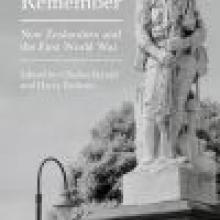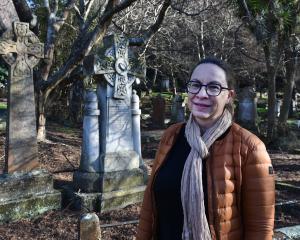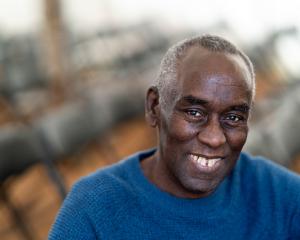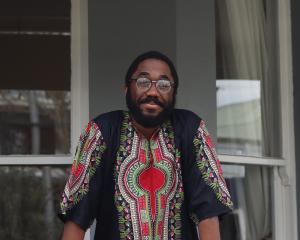
To mark the centenary of the start of World War 1, Victoria University in Wellington has commissioned and published 20 essays by well-known New Zealand personalities and military historians.
They vary in quality, but the best reminiscences and family accounts are very, very good.
Best of all is a multilayered version of Gallipoli by Christopher Pugsley - perhaps our best-known writer about WW1.
As well as a brief account of the campaign and actions, he tells of the impact going there had on his life, the changes there, and what it smells and feels like today.
There are some particularly good chapters.
I especially enjoyed the story of the Mayor of Wanganui, Charles Mackay, who volunteered for service but did not get away.
He was a closet homosexual and when threatened with exposure by a returned serviceman, the poet Darcy Cresswell, himself a homosexual, he shot and wounded Cresswell and spent some years in prison.
The story of Mackay's rehabilitation over the decades is the stuff of our social history.
Behind the Twisted Wire is an account of the war artists, notably Moore-Jones, Welch and Butler.
What a shambles their appointments were and how much better things were done in World War 2.
No effort was made to collate their works back here and many fell out of sight into private hands.
There is a chapter by Monty Soutar on how the volunteering by Maori was bungled by the authorities and the armed services.
Sensible Maori stayed out of sight.
Those who were accepted were treated patronisingly and not well led.
They re-established the reputation of their race for soldierly qualities and did much to reinforce the Maori renaissance in the eyes of their fellows.
Attitudes to service have changed since 1918.
Some WW1 veterans whom I knew (they are all dead now) felt they were being patronised by the historians interviewing them.
Those patronising attitudes have survived in some of the book's contributions.
That denies us a proper appreciation of why people volunteered or were proud to serve if conscripted.
The biggest culprit for trying to rewrite history seems to have been Maurice Shadbolt, and the myths he propagated.
The ''myth'' is that his Once on Chunuk Bair represents Gallipoli as being the moment when New Zealand realised its identity as an independent, pre-colonial nation, distinct from the imperium.
It is another ''myth'' about the fall from innocence, which says more about Shadbolt than the impact on those who survived Gallipoli or on post-Gallipoli society.
A very good chapter deals with conscientious objectors.
There is a lot about the best-known objector - Archibald Baxter, father of J. K. - but the fullest account is of Mark Briggs, who deserves to be remembered.
What a man!
In civilian life he was only ordinary; in defence of his beliefs he was a tiger, and was badly damaged as a result of torture by the army to make him obey and to punish him.
After the war he reverted to being ordinary.
There are very good chapters on what it was like to be taken prisoner by the Turks, women serving as nurses, the impact of Truth as the soldiers' anti-war newspaper, the significance of which is overblown; and the medical services.
Attempts to explain the impacts of the war on subsequent society are best done in the chapters that tell family histories from the view of the children and grandchildren of survivors.
Professional historian Jock Phillips is very good on what we remembered and what we forgot, and why.
The growth in interest in the war so many decades later is well covered by Jane Tolerton.
• Oliver Riddell is a retired journalist who lives in Wellington.












